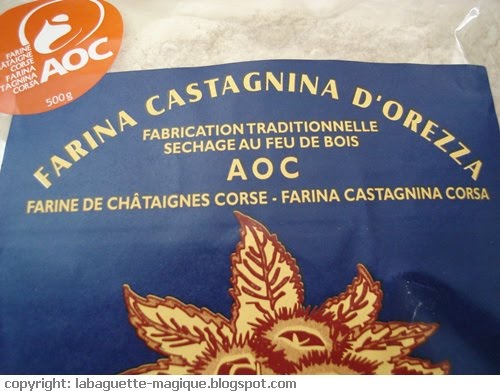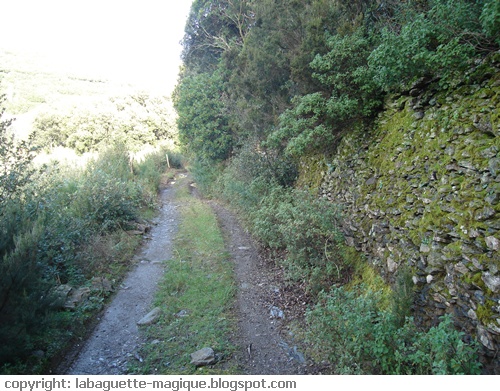... and a maid in the parlour, that's
my mum. She is extremely talented, holds the most challenging role at home, and - in the same breath - the least rewarding one. She is
on call all day and gets no pay for it, never mind out-of-hours overtime. Her endless repetitive tasks conducted almost concurrently, daily and weekly household chores that seem to have only her name on, with her immediate circle not always giving her the appreciation she deserves. She is probably the most overlooked/ taken-for-granted individual in this very home, which is likely to make feminists out there cringe in horror. I think you'd get less for murder!
We are not just talking about the cooking, but also the laundry, ironing, cleaning, tidying, food shopping, bill paying, letter writing, nurturing, problem solving, life coaching and advising. She will also spend time in the garden, fix things around the home, deep-clean kitchen and bathroom, wax-polish furniture, keep abreast of current affairs and represent the family on various engagements.
She will play the perfect hostess, entertaining friends and family with both conversation and meals devised by her from scratch. She looked after her mum -
mémé - and her father-in-law in the last stages of their lives. She's opened her door to people in trouble, family, friends and even strangers. Years ago, she took time out to help with a local charity, visiting and providing moral support to socially- and economically-deprived families.
My mum will collect food recipes, cuttings, photos and articles about home design and house renovation (my mum should have been a library archivist!). She will furnish the home and clothe its inhabitants. She'll have an eye for detail and generally for anything that needs replacing, updating or buying in the first place.
She takes it all in her stride, and carries on regardless despite fatigue, poor support and criticism from her closest ones (including from my dad). 'Why did you only buy one kilo of spuds?', 'Oh, I don't fancy a stew for lunch!', 'Could you not find me a better jumper than this one?'...
Yet she is so light-footed, discreet and modest, and she blends into her surroundings so well that a visitor would almost be forgiven for not noticing her. You would think that a magician conjures up order and spick and span around the home on her behalf while she just sits there with her Sudoku grids in front of an old re-run of Inspector Derrick... She could take time out and make time for herself but she doesn't. I think she would feel guilty about it. That's just the way my mum is.
An old-fashioned self-abnegated, dedicated home-comes-first kinda mum. She is a rare treasure indeed and we are lucky to have her. She is a god-sent who holds the fabric of this household together, and we sure should show her more gratitude than we do.
Her qualities make up the CV for
the perfect housewife; they lie in her resilience, patience, organisational skills, can-do attitude and creativity. She will easily spend three hours in the kitchen daily, just to cook, without batting an eyelid, without fuss. After all those years, she will still push her own limits by injecting some fun into her cooking, testing a new recipe, innovating with a culinary gadget, adding pzzazz to a dish... You have to salute her effort. In my eyes, she is part of an elite up there, she represents
the crème de la crème of housewives. Meanwhile I'd love to hear from younger housewives who are a carbon copy of my mum, so that I can disprove my conclusion that my mum is indeed part of a dying breed of housewives.
My mum is not strictly speaking a child of the 1960s. She wasn't from the post-war baby-boom years, as she was born during the war, making her a child of the 50s, although she was in her twenties throughout the whole of the 60s. Her values were maybe more anchored in that
1950s mentality where homeliness, home order, home economics and tradition were more prevalent than in the liberal 60s.
Maybe also it was just my mum being my mum, strong views about the role of a wife and mother. Same with her female friends and age group contemporaries becoming adults in small working-class towns of Northern France (and elsewhere), who nurtured the same noble aspirations and ambitions around the home:
to become a good wife, a good mum, a good hostess, to be proud of their home and family, to keep up with the Joneses in a healthy kind of motivational competition. No sloppiness, no laziness, no moaning. On top of it, these young ladies like my mum held jobs and some were embarking on careers. They would juggle it all, like my mum did, to a point.
Some things would have to give, but
with my mum, she was the one who gave, she gave more of her time to her husband and children, to her home, to her cooking. It helped us (but probably not her) that she gave away her career for us, 18 years or so, so she could carry on slaving on the stove, up and down the utility room and around with the vac, while we'd grumble and criticise. I told you so: you would get less for murder!



















































